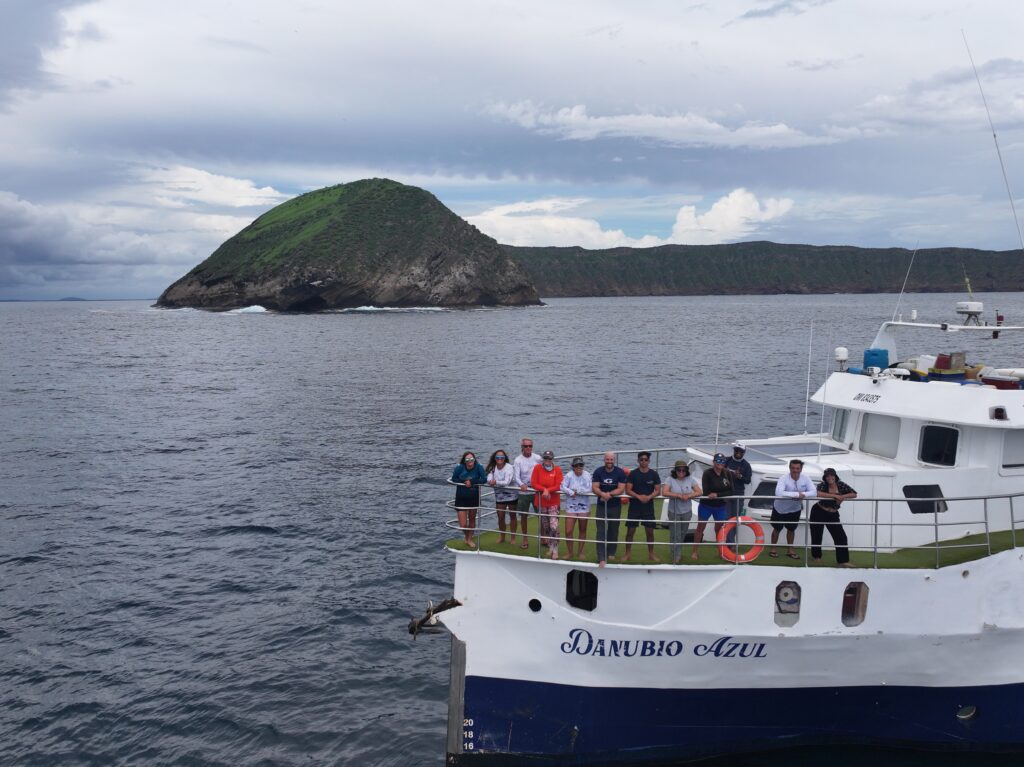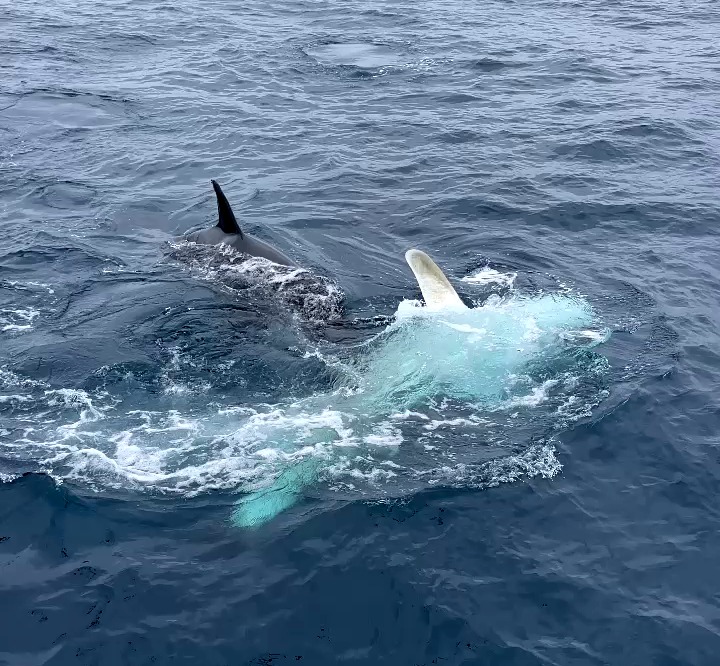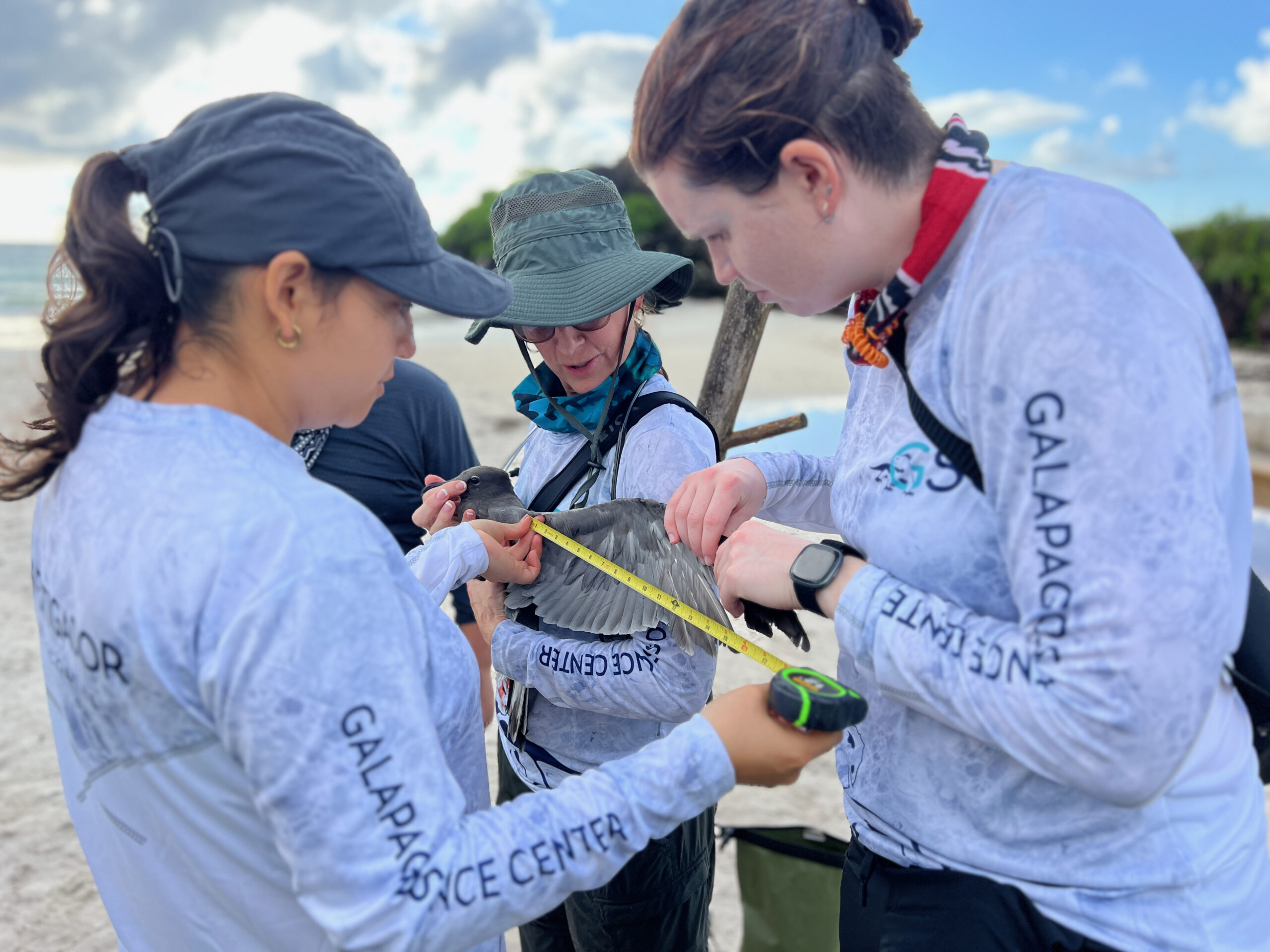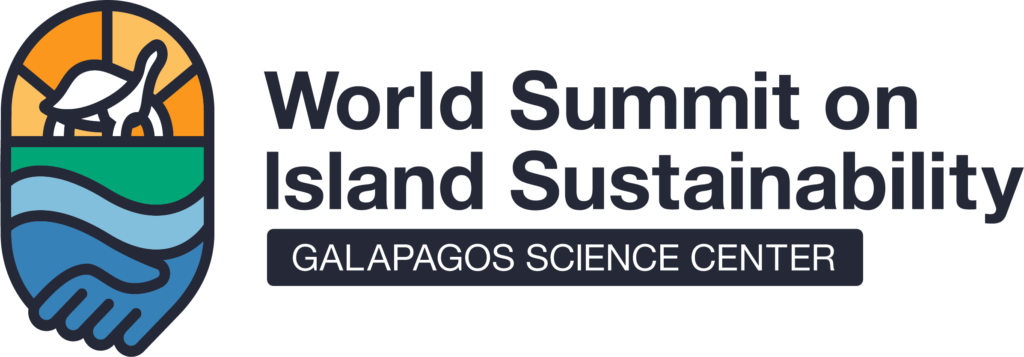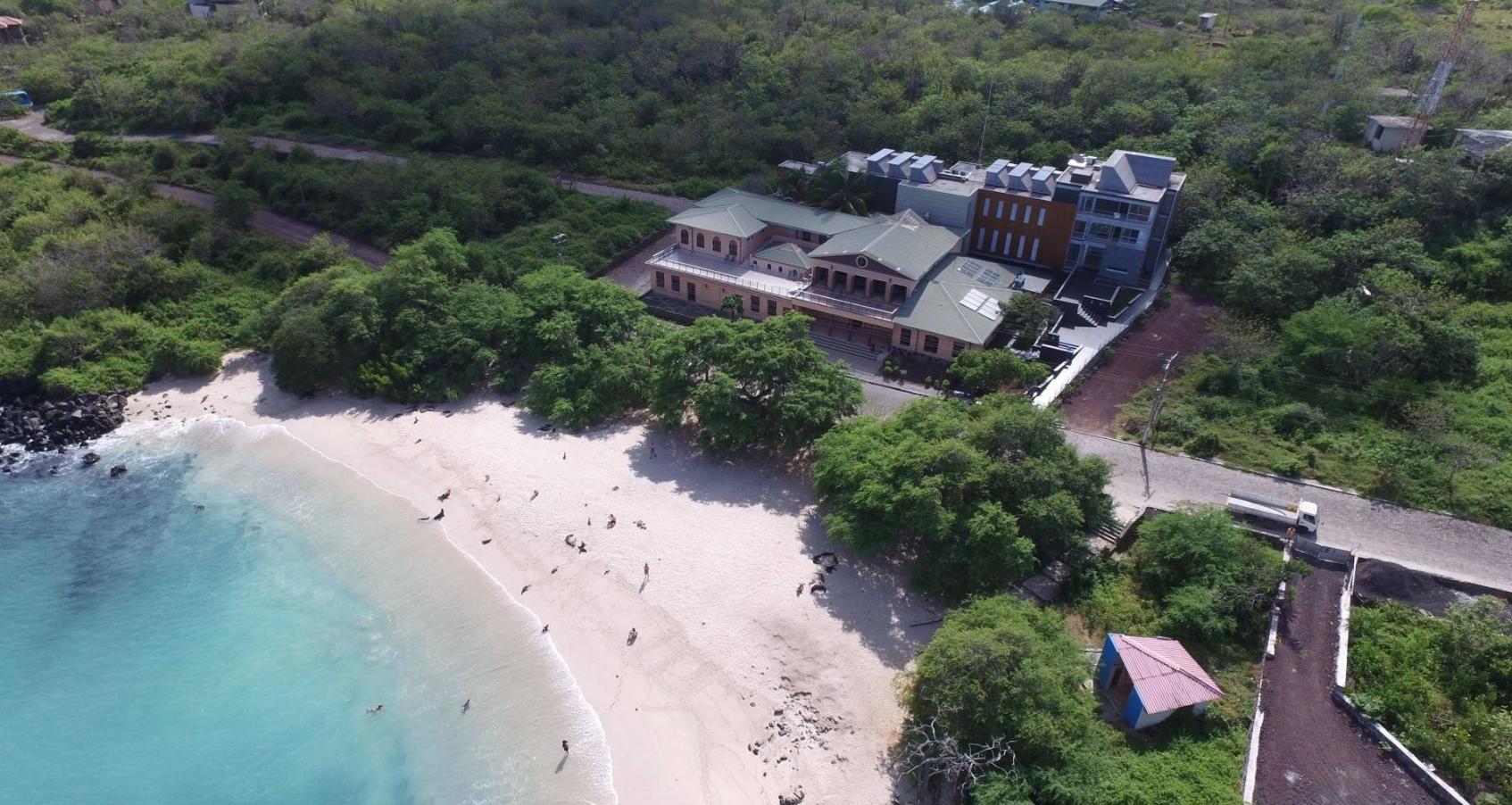Photos: Farah Hamdan, Michel Guerrero, Cameron Perry
The Galápagos National Park Directorate (GNPD), in collaboration with Universidad San Francisco de Quito (USFQ), the Galapagos Science Center (GSC), and Proyecto Mantas Ecuador (PME), conducted a scientific expedition in the southern and eastern regions of Isabela Island. Supported by Brookfield Zoo Chicago’s Sarasota Dolphin Research Program, Mote Marine Laboratory, Georgia Aquarium, and the Ocean Tracking Network, the expedition provided valuable data for at least four research projects.
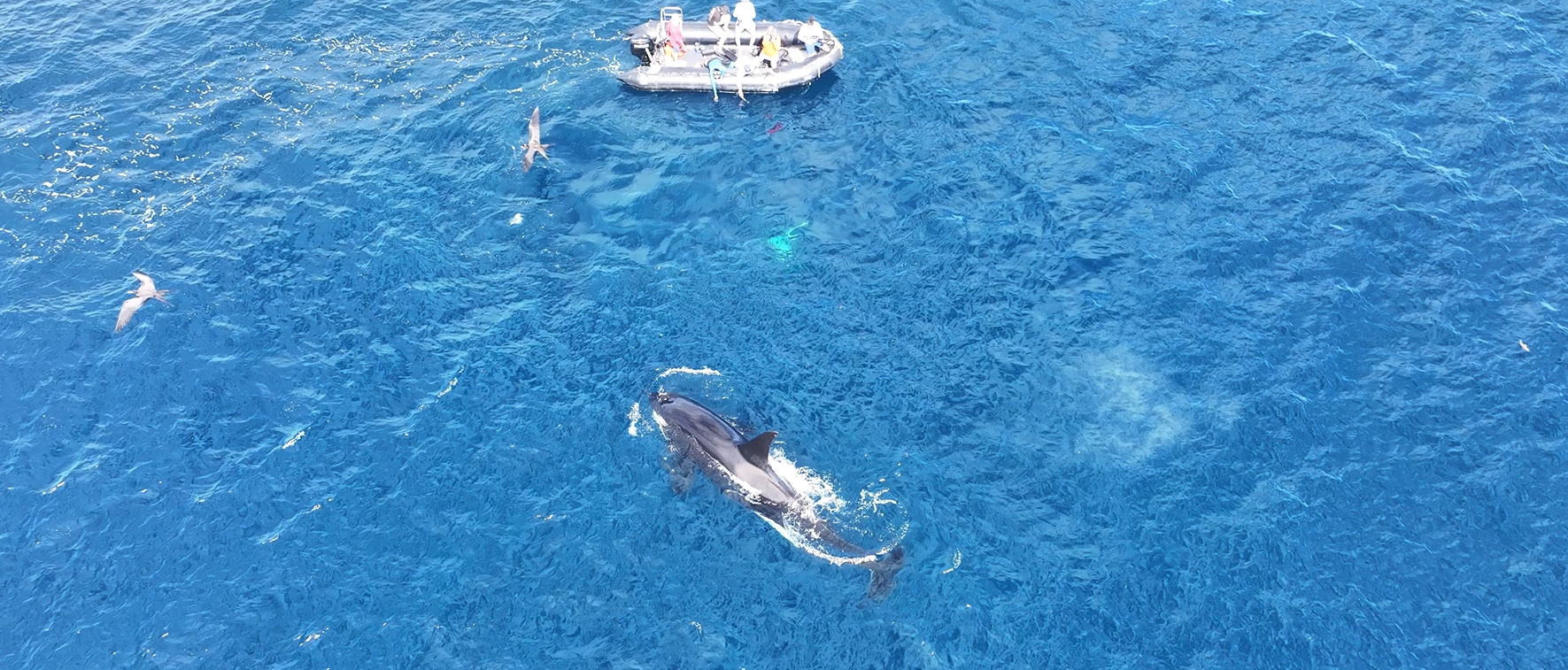
The mission aimed to fill information gaps on various species, including commercially important fish and tourist-attractive megafauna such as oceanic manta rays, mobulas, groupers, and marine mammals. It took place from March 4 to 11, 2025, with the support of the crew aboard the vessel Danubio Azul. This collaborative effort reaffirms the commitment of GNPD and USFQ to marine research and conservation in the Galápagos.

To track movement patterns and assess connectivity across the archipelago, the team deployed 7 satellite tags and 11 acoustic tags on 15 oceanic manta rays (Mobula birostris), a highly migratory marine species. In addition to satellite and acoustic tracking, drones were used to monitor key habitats for manta rays and other Mobula species. Eight acoustic receivers were deployed, and photo-identification data was collected for manta rays, other ray species, and cetaceans. The study confirmed key aggregation areas and cleaning stations for various Mobula species.
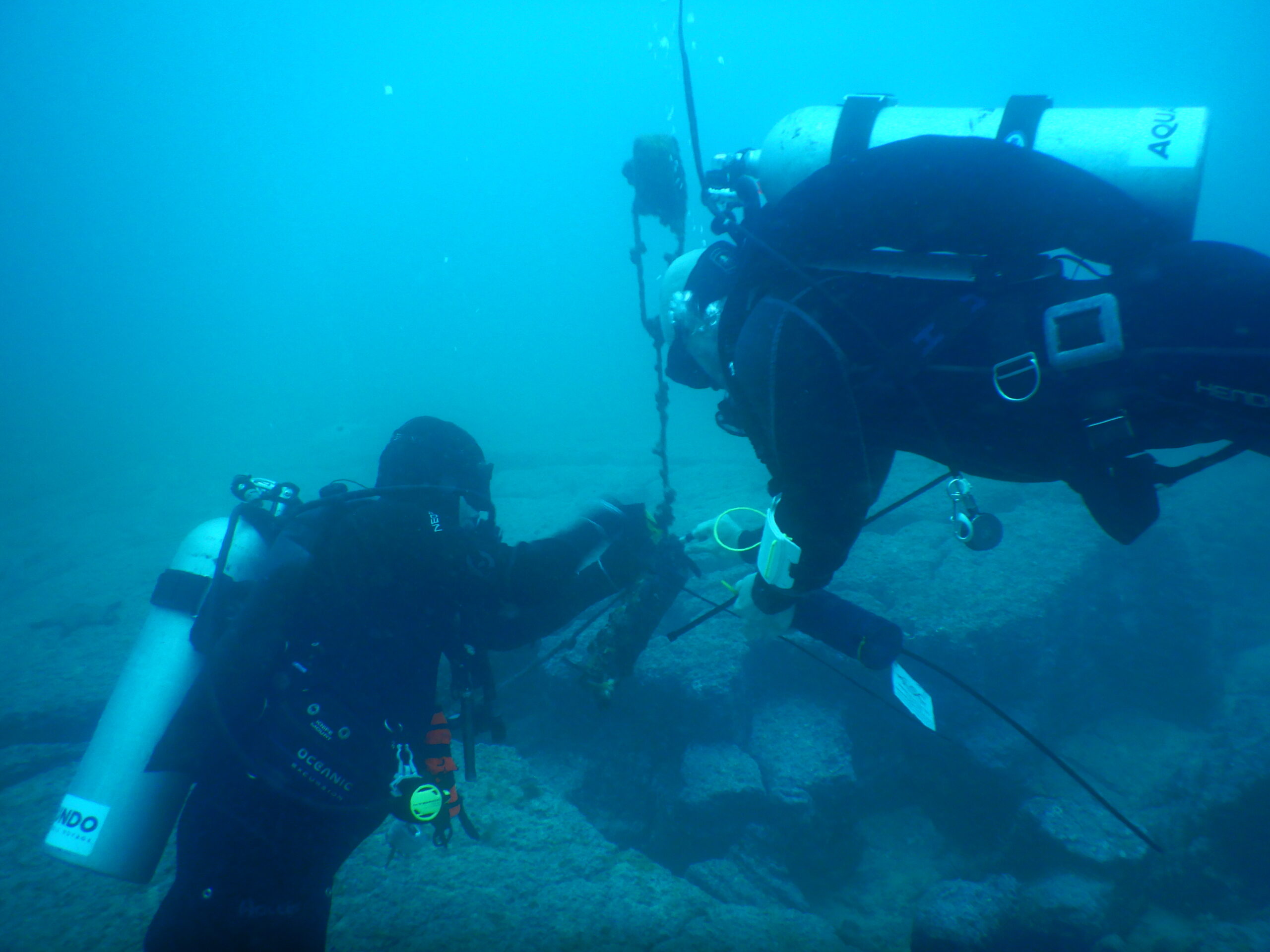
Capture, sampling, tagging, and release methods were also used for groupers (Mycteroperca olfax) to improve understanding of their biology and movement. Blood samples were collected to assess reproductive hormone levels, and external tags were attached for identification. Genetic samples of sharks, rays, and fish were also collected for population studies.
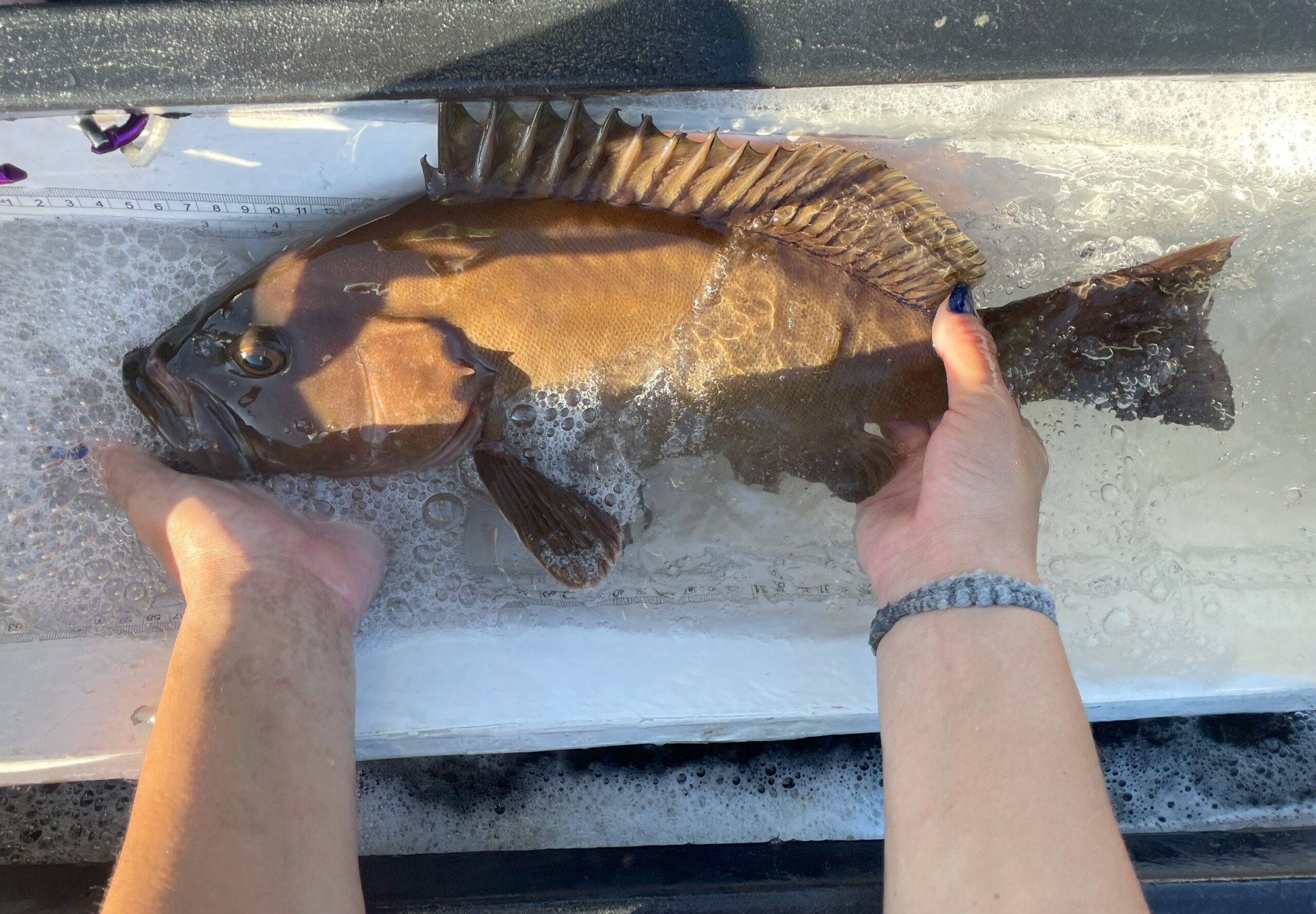
As part of cetacean monitoring, the team recorded sightings and photo-ID data to evaluate habitat use and distribution. This included continued monitoring of a known adult killer whale (Orcinus orca) first documented in the Galápagos in 2016. Several dolphin species were also recorded, including bottlenose dolphins (Tursiops truncatus), the most frequently observed cetacean in the region. These sightings provide insights into the distribution of cetaceans in the southern and eastern waters of Isabela Island.

